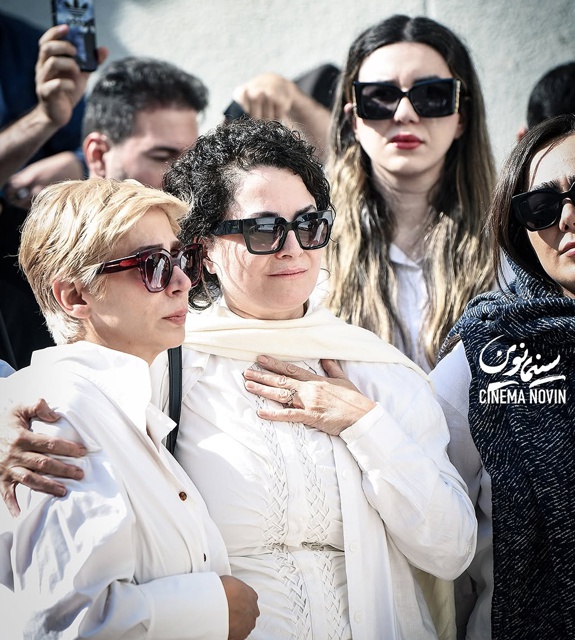For Taghvai, the South of Iran was not just a geographical space — it was a soul. He saw the Persian Gulf as a living entity: humid, restless, poetic, and wounded. His childhood in Abadan gave him an instinctive understanding of how environment shapes destiny — how people move, speak, and dream differently under the constant heat and oil smoke. aghvai often described himself not as a filmmaker but as a storyteller who chose the camera over the pen. His cinema retained the rhythm of prose and the structure of a short story.
Many of his films begin in stillness — like the opening paragraph of a novel — then slowly build tension until human truth breaks through. He drew heavily on the Iranian literary renaissance of the 1960s and 1970s, citing writers like Sadegh Hedayat, Ahmad Mahmoud, and Mahmoud Dowlatabadi. But his approach to adaptation was never literal. He transformed literature into cinematic poetry, reshaping dialogue, adding layers of silence and symbolic imagery.


